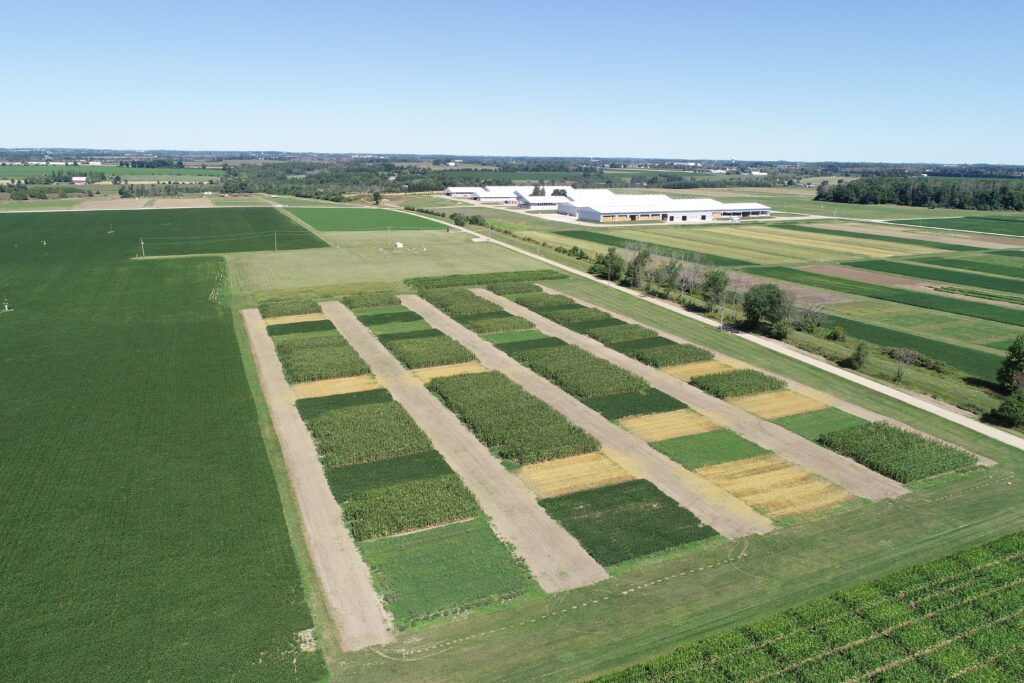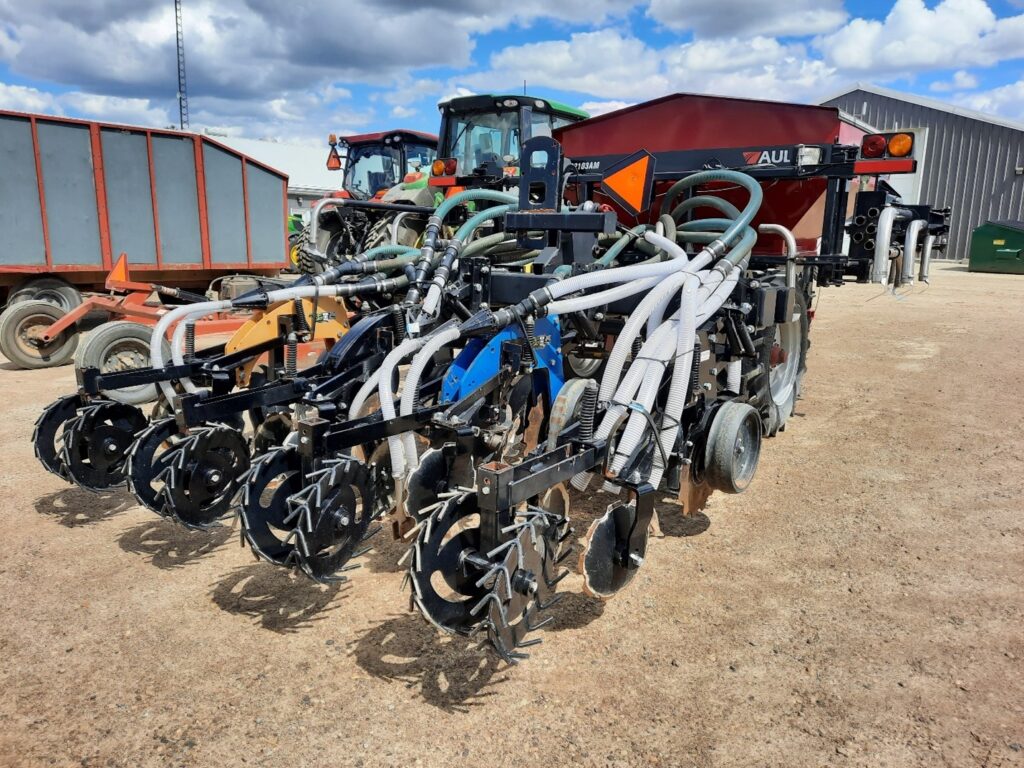What does 2023’s Weather Tell Us about Anticipated Soil Nitrogen Supply?

Summary Background Throughout the growing season, microbes within the soil break down organic nitrogen contained in soil organic matter and release it as plant-available ammonium. This process is known as nitrogen mineralization. Nitrogen mineralization is favoured by warm soil temperatures with adequate soil moisture and aeration. Excess moisture can slow mineralization or increase the potential […]






